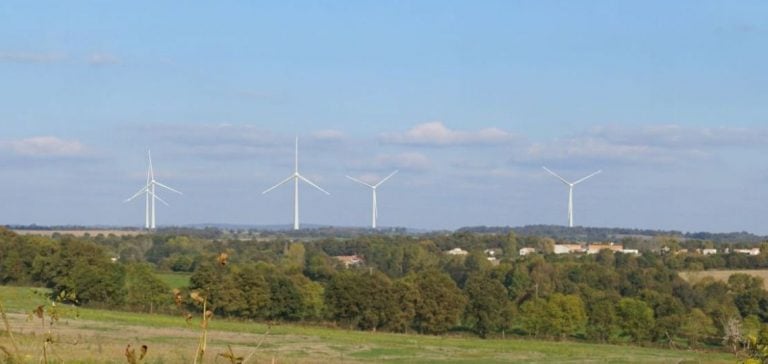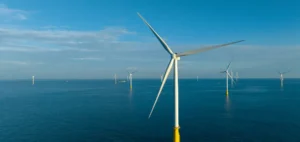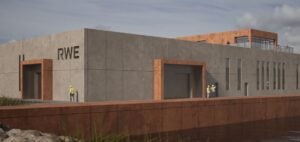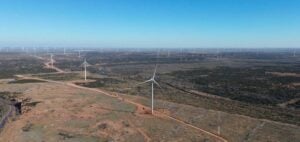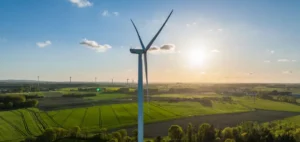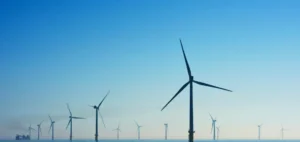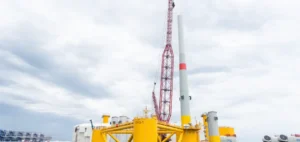The Saint-Laurs et Beugnon-Thireuil wind farm, developed by wpd, represents a significant step forward in the field of renewable energies.
With a capacity of 18 MW, this six-turbine wind farm produces 55 million kWh annually, equivalent to the electricity consumption of 18,000 homes.
The project, which was recently inaugurated, illustrates the growing commitment of local authorities and businesses to the energy transition.
The development of this wind farm has been supported by the mayors of the two communes and the communauté de communes since its inception in 2014.
The wpd company was selected after a call for projects, highlighting a project that respects the local environment.
This local support was crucial to the smooth running of the project, which developed without complications or appeals.
The wpd teams organized a number of public meetings, giving local residents the opportunity to question the people in charge of the project and to become involved in its development.
A collaborative, participatory approach
A steering committee was set up, bringing together local residents, elected representatives and site users, to develop compensation and support measures tailored to local needs.
Gwénaël Debordes, mayor of Saint-Laurs, emphasizes the importance of citizen involvement: “With the participative financing, we were able to involve the population, who really played the game. 152 citizens contributed to the financing of the wind farm. As Denis Onillon, mayor of Beugnon-Thireuil, explains: “We quickly felt that the local population was on board. We listened to all opinions and found the compromise that brings us together today.” Grégoire Simon, President of wpd onshore France, emphasizes the project’s environmental impact: “This wind farm is a gesture for the planet. It’s a concrete response. By taking part in projects like this one, local residents are contributing to this effort to offer a cleaner planet and a safer future.” This vision underlines the importance of local involvement in the transition to renewable energy sources.
Significant economic benefits
The Saint-Laurs and Beugnon-Thireuil wind farms generate significant economic benefits for the communities concerned.
Wind power is a source of additional tax revenue, enabling the communities to reinvest in municipal projects for the benefit of local residents.
Each commune benefits from tax and rental income of €17,900 and €16,700 respectively, while the Communauté de communes de Val de Gâtine receives €83,000 per year and the Deux-Sèvres département €44,000.
Participatory financing has also played a key role in the park’s development.
In 2021, a campaign raised €755,000 from 152 citizens, reinforcing local involvement in the project.
This financing model promotes greater acceptability of renewable energy projects, by enabling citizens to become active players in the energy transition.
Key figures for the wind farm
The figures for the Saint-Laurs and Beugnon-Thireuil wind farm illustrate its importance in the local energy landscape.
With a capacity of 18 MW, it supplies around 18,000 households with green electricity every year, meeting the electricity needs of the Communauté de communes’ residents.
Average electricity production is 55 million kWh per year, and the six wind turbines reach a height of 180 meters at blade tip.
This wind power project is part of a wider dynamic of decarbonization and energy transition, responding to contemporary issues of sustainability and environmental responsibility.
The economic spin-offs and public involvement testify to a collective determination to move towards a more sustainable energy future.
Initiatives like this one are essential if we are to meet our targets for reducing greenhouse gas emissions and fostering a dynamic, resilient local economy.

